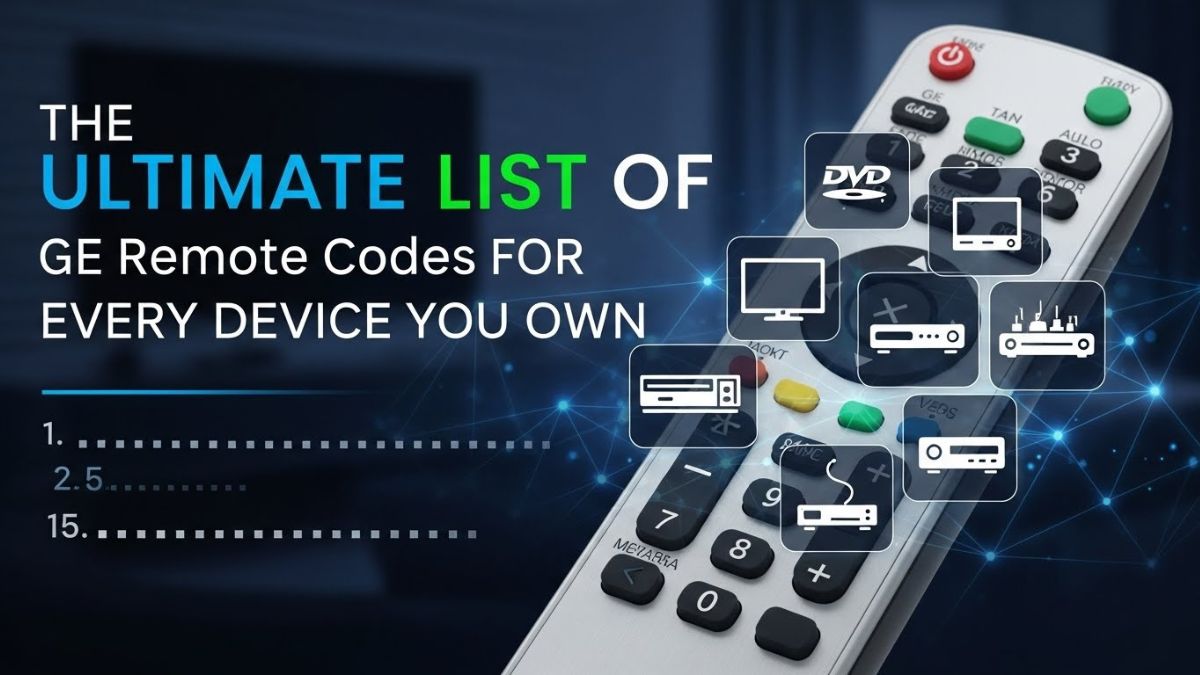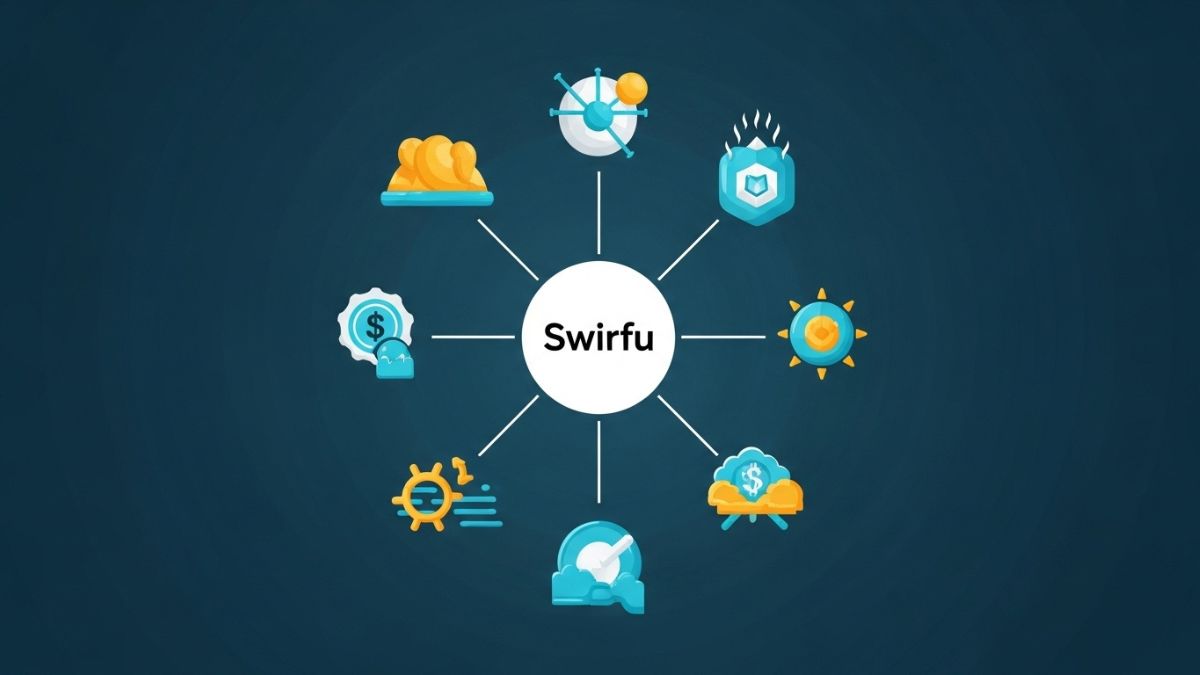In an age where our phones buzz with constant notifications and calls from unknown numbers, it’s clear that many of us are feeling overwhelmed by unsolicited communications. You might have found yourself asking: how do I gain control over who gets to reach me? The Federal Communications Commission (FCC) aimed to address this concern with the introduction of the “One-to-One” Consent Rule, which sought to strengthen consumer approval processes for telemarketing. However, recent court actions have thrown a wrench in these plans, leaving companies and consumers alike navigating a fog of uncertainty about what future communication norms will look like. Let’s break down what this means for you and the broader landscape of consumer outreach.
The FCC delayed the implementation of the “One-to-One” Consent Rule to January 26, 2026, in response to ongoing litigation concerns raised by the Insurance Marketing Coalition (IMC), aiming to prevent public burden while awaiting judicial review. This decision followed a court ruling that ultimately vacated the rule, citing that it exceeded the FCC’s authority under the Telephone Consumer Protection Act (TCPA). Read more about this here.

FCC Delays Implementation of the “One-to-One” Consent Rule
The “One-to-One” Consent Rule was crafted to impose stricter requirements on companies seeking consumer consent for robocalls. Under this rule, businesses would have been obligated to establish a one-to-one relationship with consumers before obtaining permission to contact them. This was a significant shift from existing regulations and aimed primarily at protecting consumers from unsolicited calls. However, regulations need to be practical and enforceable for them to be effective.
On January 24, 2025, just days before the rule’s scheduled implementation date of January 27, the FCC announced a delay of one year. This postponement stemmed from ongoing judicial reviews that raised questions about whether the FCC had overstepped its authority in redefining “prior express written consent” (PEWC). The Eleventh Circuit Court subsequently vacated the rule, asserting that there was no need for strict one-to-one consent relationships as previously defined.
This ruling elicited a collective sigh of relief across the telemarketing sector; businesses had been scrambling to meet compliance deadlines while navigating potential consequences stemming from the anticipated regulation.
The suspension impacts an extensive web of telemarketing and customer service operations—over 100,000 entities across the nation—and presents a unique situation. While these companies are now free from immediate compliance concerns until January 26, 2026, uncertainty looms. The landscape within which they operate continues to shift, and firms must adapt to evolving regulations without knowing how future policies might affect their business practices.
For those involved in lead generation or customer outreach, it is crucial now more than ever to stay informed about regulatory developments and maintain flexibility in business strategies. A proactive approach can mitigate risks associated with sudden rule changes down the line while allowing companies to continue pursuing effective communication with consumers.
With this backdrop established, it’s essential to understand the initial goals behind these regulatory changes and how they were intended to reshape consumer interactions.
Rule Overview and Initial Intentions
The “One-to-One” Consent Rule was crafted with consumer protection at its heart, reflecting a growing concern for privacy in an increasingly digital world. The goal was clear: ensure that individuals have full control over who communicates with them. By necessitating explicit and individual consent for every telemarketing call or message, the FCC aimed to empower consumers, allowing them to decide what information they receive and from whom. This rule addressed not only the annoyance of unsolicited communications but served a more critical function—protecting personal data.
Explicit Vendor Consent
A cornerstone of this rule was the requirement for prior express written consent, meaning consumers had to explicitly agree to receive communications from one vendor at a time. This limitation was significant to combat the widespread practice of blanket consents, where consumers might unknowingly permit numerous companies to contact them simultaneously.
This form of consent holds even deeper importance in sensitive sectors such as finance and healthcare. Protecting individual choices regarding telemarketing calls is essential when misinformation or aggressive marketing can lead to adverse outcomes.
For instance, consider a consumer who visits an online loan site. Under this rule, they would need to provide their express consent specifically to receive calls from that particular lender. Such protection prevents other affiliated partners from reaching out without further permission. Not only does this approach instill confidence in consumers wary of data misuse, but it also encourages companies to be responsible stewards of any information shared.
As the rule emphasized stringent requirements for obtaining consent, businesses faced pressure to revisit compliance strategies rapidly and reshape their methods for connecting with potential customers.
Business Compliance Changes
Navigating the revised regulations is now the top priority for businesses, particularly in light of the rapidly shifting legal landscape surrounding telemarketing and consumer consent. The changes brought about by vacating the “One-to-One” Consent Rule present both challenges and opportunities. Adapting to these shifts requires a proactive approach from organizations to ensure they not only remain compliant but do so efficiently.
Steps for Compliance
The first major step is for companies to update their customer contact databases rigorously. This means ensuring that only individuals who have explicitly consented to communications are included. The process can feel daunting—consider it like sorting through a mountain of paperwork to ensure that every piece has a place. However, this rigor can significantly reduce risk while enhancing relationships with customers by demonstrating respect for their privacy preferences.
Notably, a survey conducted by the Insurance Marketing Coalition revealed that 75% of firms anticipated a rise in compliance costs by at least 30%. This likely stems from the necessary investments in technology and staff training required to adhere to new standards.
Next, companies need to integrate powerful software systems capable of effectively managing these consent records. Imagine running a restaurant without a point-of-sale system; it would be chaotic! Similarly, without an efficient management system, tracking approvals becomes nearly impossible and increases the chances of regulatory infractions. Implementing such systems not only aids in compliance but promotes a culture of accountability across teams as guidelines are streamlined.
Moving forward, continuous training for staff plays a critical role in compliance. Employees must understand the importance of these regulations and their practical implications when handling customer data.
As businesses adjust their practices and invest in new systems, they are faced with crucial considerations regarding how these changes impact the privacy of their customers and stakeholders.
Consumer Privacy Concerns

In recent years, we’ve seen a large shift in how consumers perceive their privacy rights, particularly with telecommunications. The statistics paint a striking picture: 79% of Americans are worried about their online privacy, and 63% believe companies do not take adequate measures to safeguard personal information. These sentiments culminate in a pressing desire for enhanced privacy protections within communication practices. With telecommunications at the heart of many people’s daily interactions, this is not merely a passing trend but a fundamental issue that demands attention.
Enhanced Privacy Protections
The now-delayed One-to-One Consent Rule aimed to enhance these protections by requiring explicit consent from consumers before they could receive marketing calls or texts. This proposed change was designed to reduce unwanted communications significantly, thus giving consumers greater control over their personal information. After all, no one enjoys receiving endless telemarketing calls from unfamiliar numbers. Many felt this rule would empower them to reclaim their time and peace of mind. As one consumer eloquently put it:
“I feel bombarded by calls from companies I don’t remember consenting to. This rule is a breath of fresh air.”
However, despite these positive sentiments, the story doesn’t end there.
Some individuals raised legitimate concerns about the implications of such strict regulations on useful communications from trusted companies. Imagine being a loyal customer of your local bank—wouldn’t it be frustrating if they couldn’t reach out to you just because you forgot to grant explicit consent for their texts? This concern illustrates the delicate balancing act between stringent regulations and effective communication that businesses must navigate.
While these privacy concerns resonated deeply with many consumers, the complications surrounding the implementation of the rule ultimately led to significant legal challenges that further complicated the situation for both consumers and businesses alike.
Legal Challenges and Court Rulings

The hurdles faced by the FCC in implementing its “one-to-one consent” rule have drawn considerable scrutiny. This was not just a routine change; it incited serious pushback from entities like the Insurance Marketing Coalition (IMC). When the IMC filed a lawsuit, they posited that the FCC overstepped its bounds under the Telephone Consumer Protection Act (TCPA). This challenge led to a pivotal court ruling, revealing significant points about the limits of regulatory authority.
Eleventh Circuit Court Ruling
The Eleventh Circuit Court’s decision on January 19, 2025, was nothing short of groundbreaking. The court determined that the FCC exceeded its statutory boundaries by introducing additional restrictions. This conclusion revolves around an important legal interpretation: “Prior express consent” does not necessitate individual consent for each telemarketing caller. Existing guidelines already provided a framework for prior written consent that sufficed without imposing further layers of complexity.
This ruling vacated essential provisions of the FCC’s order, including those demanding single-vendor consent and curtailing unrelated calls.
As a result, businesses were left with more questions than answers. For example: Would a revised version of this rule withstand judicial scrutiny in future revisions? Moreover, what should companies anticipate regarding their compliance procedures going forward?
These unresolved issues throw open a door of uncertainty for many. Businesses keen on ensuring compliance with communication laws will have to remain vigilant and informed as they navigate this complex landscape. The implications are far-reaching—affecting not only corporate communications strategies but consumer experiences as well.
As we examine these developments in greater detail, it becomes increasingly apparent that navigating regulatory shifts will require strategic foresight and adaptability from all involved parties. Understanding these legal challenges is crucial for anticipating future trends in telecommunication practices.
Future Implications for Telecommunication
The recent rulings on consent regulations signal a shift in operational practices for telecommunications companies. With the one-to-one consent rule vacated, businesses will find more flexibility in how they handle consumer communications, yet they must remain cautious as this environment is fraught with potential pitfalls. Companies can stick to their previous consent frameworks, but many may choose to reassess their strategies to adapt to these new developments.
The shifting regulatory landscape often breeds a sense of uncertainty, compelling businesses to adopt more conservative approaches. For instance, companies may limit telemarketing initiatives while ensuring full compliance with existing laws. In this climate, innovative outreach techniques that don’t rely solely on traditional methods might emerge. Personalized marketing strategies that draw on existing customer data without crossing privacy boundaries could serve two purposes: maintaining compliance and enhancing consumer engagement.
Additionally, consumer sentiment is evolving in response to these changes. As regulations fluctuate, consumers find themselves needing to adopt a more proactive stance regarding digital privacy. This newfound awareness means they might want to scrutinize the permissions they grant online more closely than ever before.
In light of this shift, consumers should be aware that they may need to:
- Be vigilant about the consents they provide when using online services,
- Increase their use of call-blocking and filtering technologies,
- Advocate for clearer and more enforceable consumer protection regulations.
Consequently, both consumers and businesses are at a pivotal juncture where balance becomes key. Companies must ensure they engage with customers appropriately while respecting their privacy rights. This balancing act enhances customer satisfaction and safeguards businesses against repercussions from non-compliance with regulations.
As we navigate these changes together, stakeholders from all corners of the telecom industry will observe and shape the evolving practices and policies that promise to redefine our communication experience going forward.
The implications of these shifts will undoubtedly require careful consideration and adaptation from all involved parties in the telecommunications sector.










